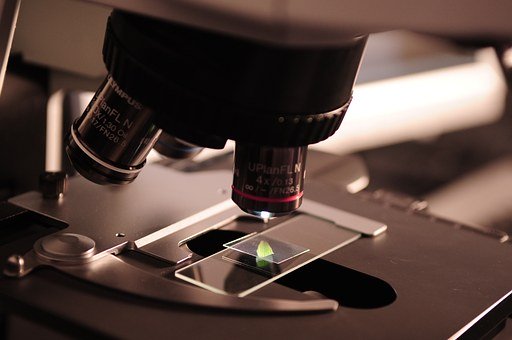How to Diagnose Chronic Nonbacterial Prostatitis?
Date:2020-05-08 click:0

Clinicians name the cases with symptoms such as chronic prostatitis and prostatic fluid with leukocytosis, but no bacteria in smear and culture, and no bacteria in urine examination as chronic nonbacterial prostatitis.
However, there are many pathogenic microorganisms such as trichomonad, mould, chlamydia, mycoplasma and other special factors that cause chronic prostatitis. Therefore, it is generally considered as aseptic prostatitis only after the above reasons and factors are excluded. Here are some common checks:
1. Prostate and rectum examination
In acute prostatitis cases, the prostate is slightly enlarged, with tension, local irregularity, induration and obvious tenderness, or the soft area (abscess) is known locally.
In chronic bacterial prostatitis, the size of the prostate is normal, or slightly changed, the texture slightly hardened, and there is slight tenderness;
In chronic nonbacterial prostatitis, the prostate gland is slightly larger than normal, with a soft texture and no tenderness.
2. Prostatic fluid test
When the prostatic fluid is normal, it is gray-white. When suffering from chronic prostatitis, the prostatic fluid presents turbid yellowish color—more than 10 leukocytes per high power field (more leukocytes per bacterial prostatitis). , zinc content can be reduced. TGF β 1, IFN - γ and other cytokines can also be used as diagnostic criteria.
3. Localized examination of prostate infection
In some patients, a large number of inflammatory cells can be found in the examination of prostatic fluid, but there is no diagnosis of prostatitis. This is because inflammation in other parts of the urinary system can affect the routine examination of prostatic fluid.

This involves the location of inflammation to determine the location of the inflammation. The traditional four cup test is used to quantitatively detect the cell components in urine, which plays an important role in determining the source of inflammatory cells and in diagnosing the source of infection.
4. Urinalysis: containing excessive white blood cells, and no pathogens were found in the culture.
5. Semen examination: containing excessive white blood cells.
6. Uroflowmetry: The curve shows a tooth wave, and the average uroflowmetry time is relatively longer.
You may also be interested in:



